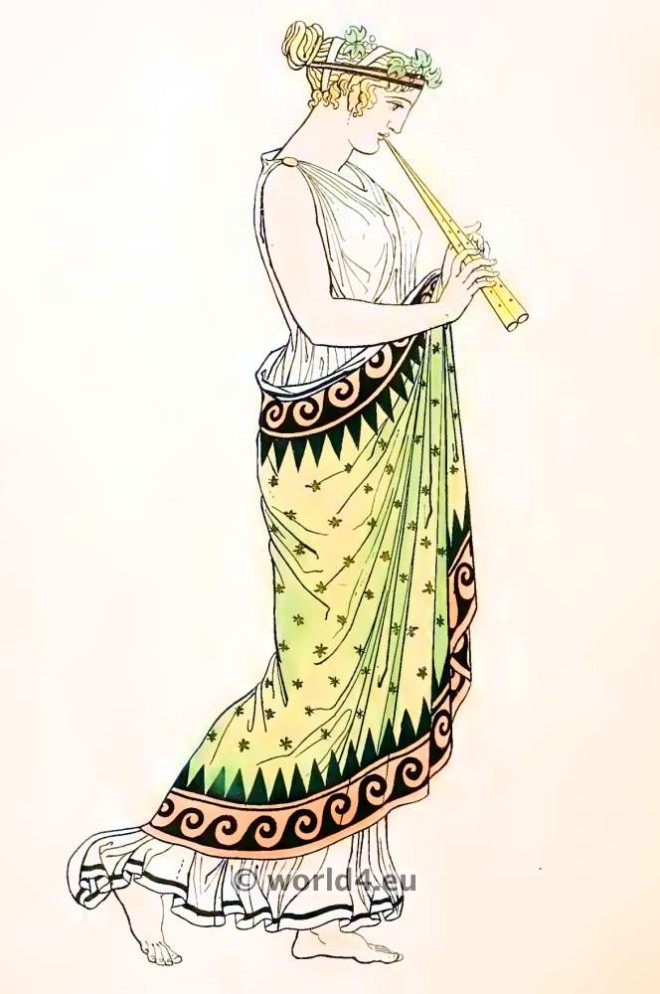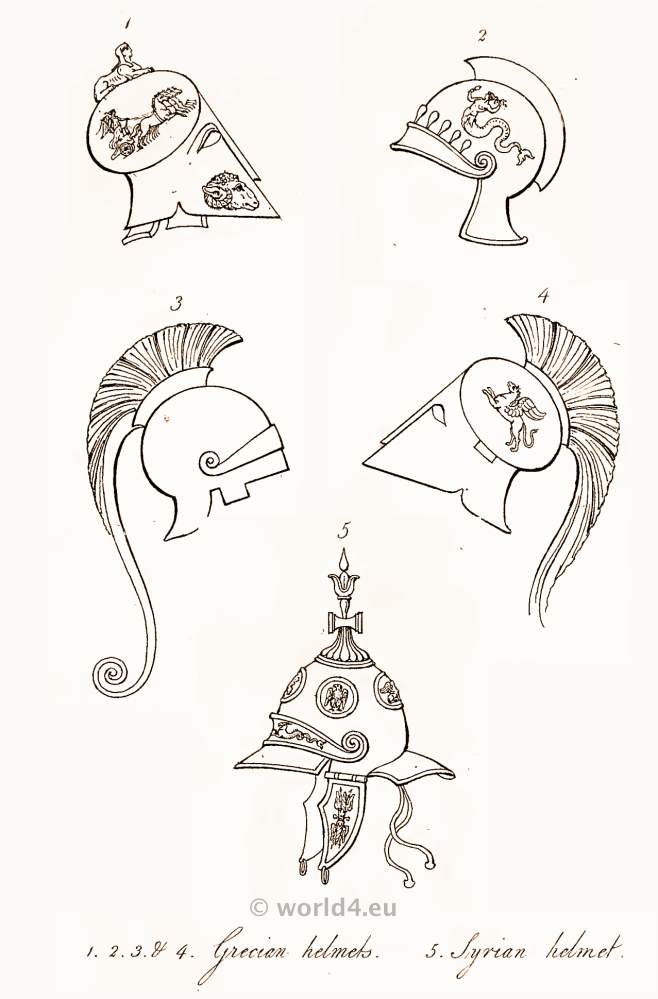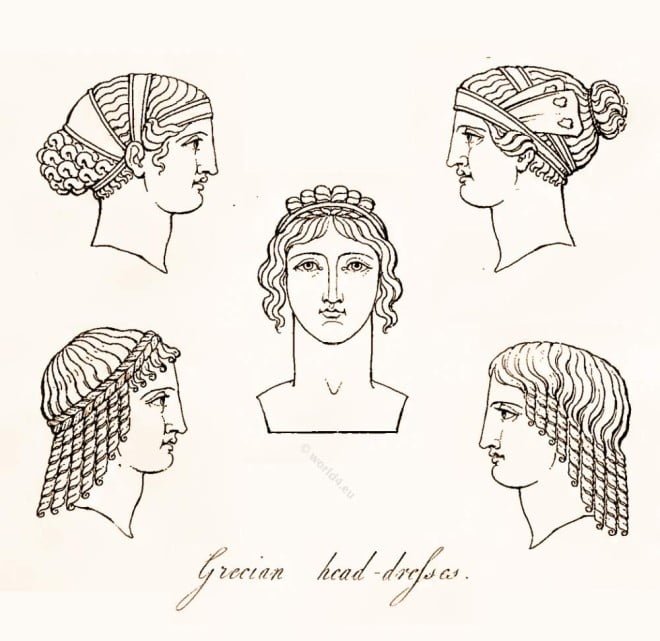Vintage Beach fashion in 1910. Bathing suits in a striped look. Pin-ups headdress and hair style.
Brocade silk caftans of Mehmed the Conqueror, 15th c..
Mehmed II. (1432 – 1481), called Father of the Conquest) was the seventh Sultan of the Ottoman Empire. On May 29, 1453 he conquered Constantinople.
Silk caftan of Sultan Selim I. Ottoman Empire 16th century.
Selim I reigned from April 24, 1512 until his death in 1520 and was the first Ottoman ruler who held the title of Caliph and Guardian of the Holy Places.
Females dancing. Ancient Greek costume history
Grecian Females dancing. Costume of the ancients by Thomas Hope.
Ancient Greek costume. Female flute player.
Ancient Greek costume. Female flute player. Source: COSTUME OF THE ANCIENTS BY THOMAS HOPE. PRINTED FOR WILLIAM MILLER, LONDON 1812. Drawn & Etched by Thomas Hobe, H. Moses [wpucv_list id=”136457″ title=”Classic grid… Read More
Telesphorus and Hygeia. Ancient Greece gods.
Greek gods in characteristic regalia by Thomas Home. Costume and fashion history of antiquity.
Grecian female. The ancient Greek costume. Hellenistic period.
Grecian female. The ancient Greek costume. Hellenistic period. Costume of the ancients by Thomas Hope.
Ancient Roman helmets of Minerva and Grecian Hero.
Different helmets of Minerva. Grecian hero helmets. Costume of the ancients by Thomas Hope.
Ancient Greek Helmets. Grecian and Syrian helmets.
Ancient Greece military. Grecian and Syrian helmets. Costume of the ancients by Thomas Hope.
Ancient Greek Headdresses and Hairstyles. Costume of the ancients.
Ancient Greek headdresses and hairstyles. Costume of the ancients by Thomas Hope.









